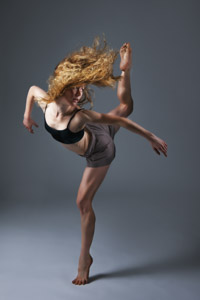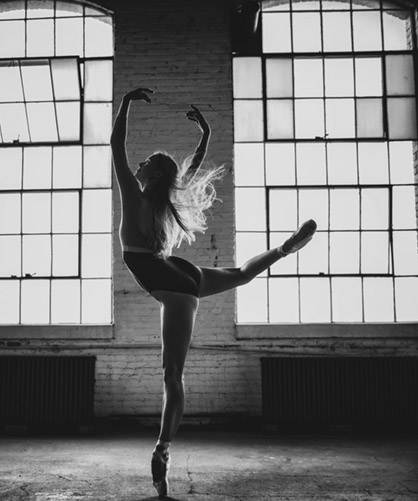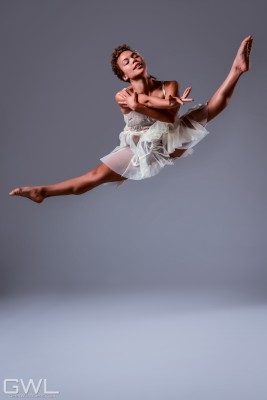
Dancer: Abby Leithart
Photo by: Geek With a Lens
A student just tagged me in an article from dance magazine and I just read through it and found it very much worth the reading. http://dancemagazine.com/inside-dm/magazine/why-grade-dance/ My student asked for my opinion about what I read. It is funny for this article to come out at this time considering I’m in the process of reviewing and altering my syllabi for my college performance classes for the new year and am thinking about very similar things.
I like to think of a syllabus as a contract between my dancers and myself as the instructor. I try to be very clear about my expectations as well as how I’m going to figure out their final grade. Attendance is a huge part of it as is following the dress code, the etiquette, the artistry, concentration, interest in learning, having a good attitude and completion of the papers and tests. What do I really look to on determining final grades though? One answer and that’s improvement.
I really analyze the dancers during their first classes of a semester. Where are they technically and artistically? At the end of the semester, I look for progress. Has the dancer fixed the corrections that I have given her? Is his alignment better? What about her muscle control? Are her in-between steps cleaner? Is he picking up combinations more quickly and accurately? Does she have more stamina? Is he continuing to push himself and ask more and more of his body?




